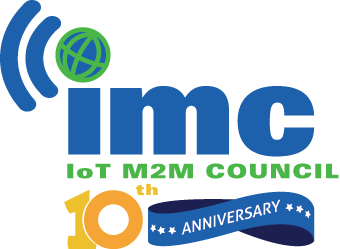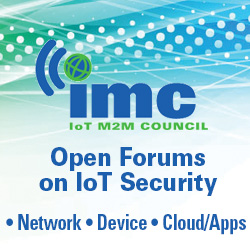From Patients to Wards, Digital Twins are Alive & Well in Healthcare
- March 20, 2024
- Joyce Deuley

Whether we’re talking about patient vitals or medical devices themselves, the ability to create digital twins is becoming increasingly more appealing. Creating digital environments to better understand the inner workings of the human body, the hospital itself, or a series of devices is becoming more widespread as technologies and reduced costs converge.
Dr. Visa Suomi’s MedTech article goes into detail at the different approaches of combining devices and digital environments to enhance the hospital environment and improve patient (and technology) outcomes. In this article, Dr. Suomi covers three areas of opportunity for digital twins within the hospital environment:
The Human Body
Utilizing information from a myriad of wearable devices, clinicians can essentially take that data and pair it with lab work and treatment information to generate a more holistic view of the patient that is continuously updated. This can help clinicians better manage treatments, communicate across hospital departments for care planning, and improve the patient experience overall.
Medical Devices
Similar to creating a digital twin of a person, hospitals can now take predictive maintenance of medical assets to a whole new level. Having a more holistic picture of how high-value assets, such as MRI scanners, etc. work and are affected by potential shifts in their environment and use can help hospitals reduce costs, proactively maintain those devices, and extend their lifecycles.
Hospitals
Entire medical facilities now can build off those foundations and be transformed into digital twins themselves. This can help hospitals do scenario planning, improve safety, and optimize operations. From front to back office administrative tasks to building performances, we can get an in-depth, holistic view of the health of a hospital and figure out how to make it better.
And Yet…
When thinking about not just the technological ability to incorporate these types of technologies within the hospital environment, we must also consider how these solutions can transform patient-clinician relationships, as well as other processes in and outside of the hospital.
Are we tasking clinicians with more work to become technology experts, too?
As more of these solutions become accessible and widespread, hospitals will need assistance from trusted vendors and partners to ensure that they are deployed with the right business case in mind and the right way to manage and maintain those new systems and technologies as they become integrated more thoroughly in healthcare.




